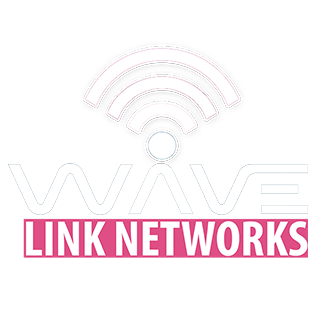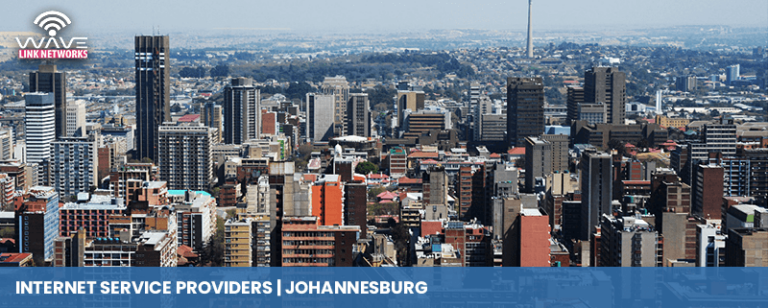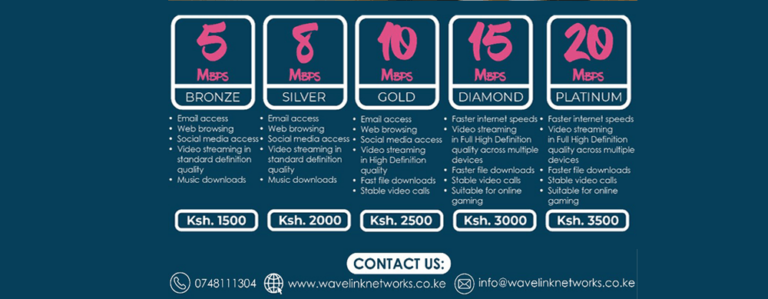How ISP Throttling and Network Congestion Affect Internet Speeds
Key Points:
- ISP throttling is the intentional slowing of internet speeds by your service provider
- Network congestion occurs when too many users access the network simultaneously
- Both issues significantly impact streaming, gaming, downloads, and video calls
- Peak hours (evenings and weekends) are most affected by congestion
- Throttling often targets high-bandwidth activities like streaming and torrenting
- VPNs can sometimes help bypass throttling but not congestion
- Understanding the difference helps you choose solutions and hold ISPs accountable
Nothing is more frustrating than paying for high-speed internet only to experience painfully slow connections when you need them most. While many factors affect internet performance, two of the most common culprits are ISP throttling and network congestion. Understanding these issues can help you identify what’s affecting your connection and take appropriate action.
What is ISP Throttling?
ISP throttling, also known as bandwidth throttling, occurs when your internet service provider intentionally slows down your connection. This practice is more common than most users realize. ISPs implement throttling for various reasons, including managing network resources, enforcing data caps, or even influencing which services customers use.
When throttling occurs, you might notice that specific activities become unbearably slow. Streaming services buffer constantly, large downloads crawl to a halt, and online gaming becomes laggy. What makes throttling particularly frustrating is that it’s selective—your ISP might slow certain types of traffic while leaving others unaffected. For instance, they might throttle video streaming during peak hours while regular web browsing remains normal.
Some ISPs throttle users who exceed certain data thresholds, even on supposedly “unlimited” plans. Others target specific services or protocols, such as peer-to-peer file sharing or certain streaming platforms. In some cases, throttling is used to push customers toward more expensive plans or to give preferential treatment to the ISP’s own services.
Understanding Network Congestion
Network congestion, unlike throttling, isn’t an intentional action by your ISP—it’s a capacity issue. Imagine a highway during rush hour: too many cars trying to use the same road creates traffic jams. Similarly, when too many users in your area access the internet simultaneously, the network becomes congested, and everyone’s speeds suffer.
Congestion typically follows predictable patterns. Evening hours between 7 PM and 11 PM are usually the worst, as people return home from work and school to stream shows, play games, and browse social media. Weekends also see higher congestion levels. During these times, you might notice that websites load slowly, video quality automatically decreases, and video calls become choppy.
The severity of congestion depends on your ISP’s infrastructure investment. Providers who haven’t upgraded their networks to handle growing demand create bottlenecks that affect entire neighborhoods. This is particularly common in densely populated areas or with budget ISPs who oversell their capacity.
The Real-World Impact
Both throttling and congestion severely impact modern internet usage. Streaming services are hit hardest—Netflix, YouTube, and other platforms require consistent bandwidth to deliver quality video. When speeds drop, you experience constant buffering or reduced resolution that makes viewing unpleasant.
Online gaming suffers dramatically as well. Multiplayer games need stable, low-latency connections. Throttling or congestion introduces lag that can make games unplayable. Video conferencing for remote work or online classes becomes problematic, with frozen screens and dropped calls undermining productivity and learning.
What You Can Do
Identifying whether you’re experiencing throttling or congestion is the first step. Run speed tests at different times of day and for different activities. If speeds consistently drop during specific activities regardless of the time, throttling might be the cause. If slowdowns happen primarily during peak hours across all activities, congestion is more likely.
For throttling, using a VPN can sometimes help by preventing your ISP from seeing what type of traffic you’re generating. However, VPNs cannot solve congestion issues and may even slightly reduce speeds due to encryption overhead.
Ultimately, addressing these issues may require switching to a more reliable ISP, upgrading your plan, or advocating for better infrastructure in your area. Understanding the problem empowers you to make informed decisions about your internet service and hold providers accountable for the speeds you’re paying for.



